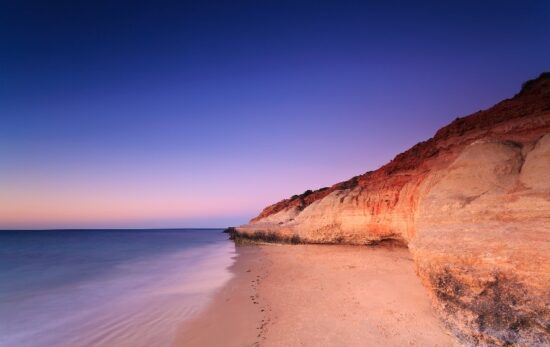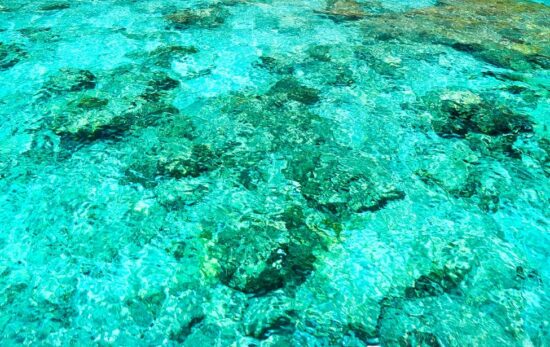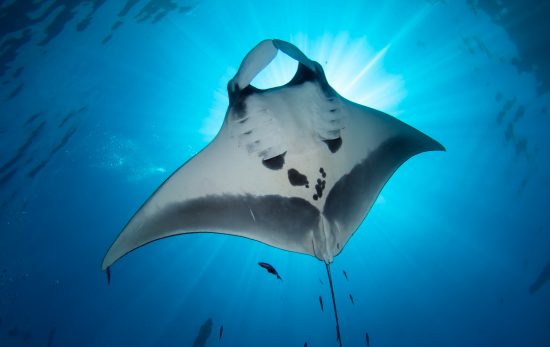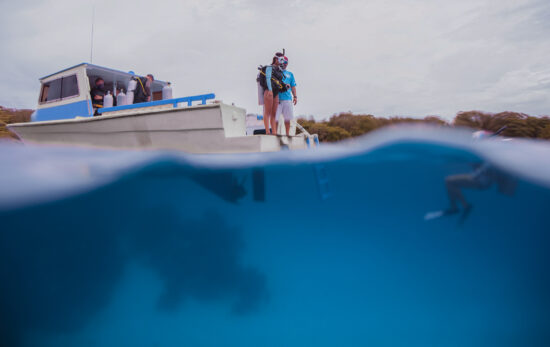Seagrass restoration projects are popping up all over the world, and these represent great opportunities for divers to get involved in saving the ocean. Below, we’ll discuss a little bit about seagrass and why it’s so important. Then, we’ll introduce a few seagrass restoration projects taking place around the world.
But first, let’s discuss some seagrass facts. What is seagrass? Seagrass is the only flowering plant completely submerged in the sea, living in shallow, sheltered areas along the coast. In the British Isles, there are two species of seagrass, commonly called “Eelgrass” and “Dwarf Eelgrass.”
Like the coral reefs and rainforests of the tropics, seagrass meadows are diverse and home to many animals. Did you know, just one hectare of seagrass can support up to 80,000 fish and 100 million invertebrates?
In the UK, cuttlefish, cod, seahorses and pipefish are regular seagrass residents. And further afield, sea turtles, dugongs and manatees rely on the ecosystem that seagrass meadows form.
Unfortunately, seagrass is on the decline worldwide, so getting involved with seagrass restoration projects near you is one of the best ways to help the ocean survive and thrive.
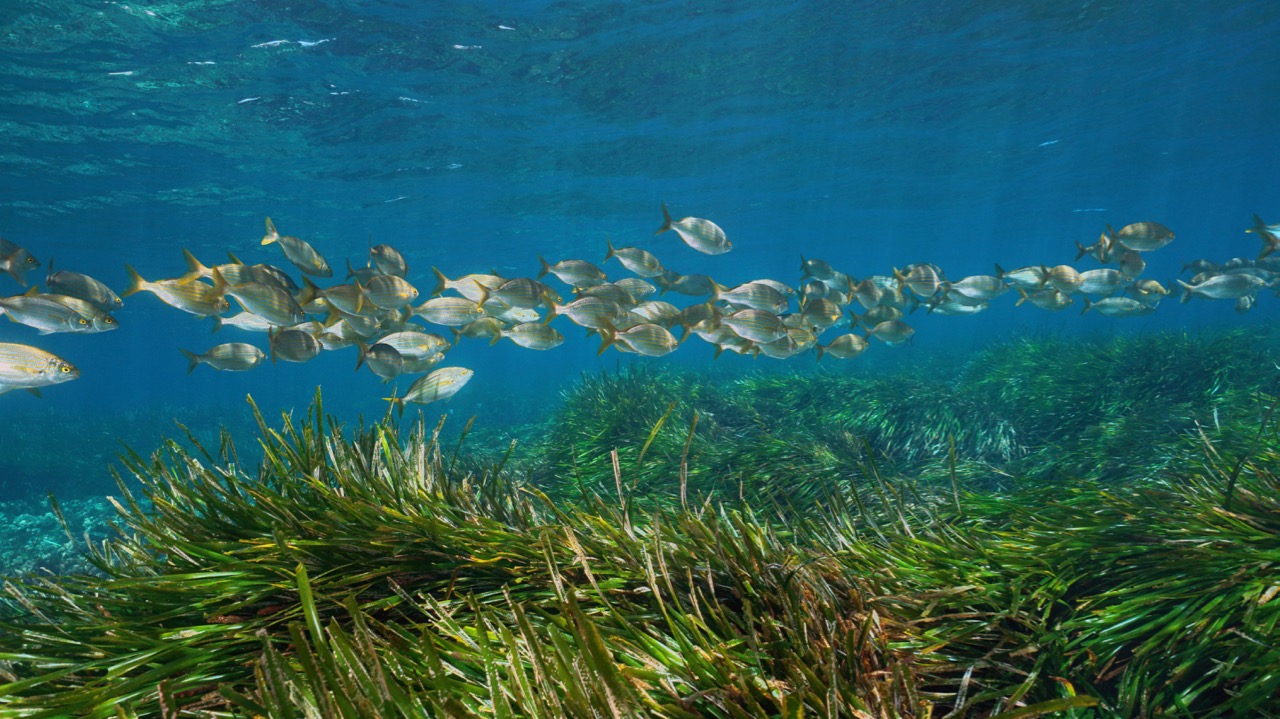
Blue Carbon
“Blue carbon” is the name for carbon captured by the world’s ocean and coastal ecosystems. Seagrass meadows play a massive part in this.
Often referred to as the ‘lungs of the sea,’ seagrasses are capable of capturing and storing large amounts of carbon from the atmosphere. And, although seagrass accounts for less than 1% of our ocean, seagrass is responsible for up to 11% of the carbon intake! In fact, oceanographers estimate seagrass can be up to 35 times more effective than rainforests in terms of carbon uptake and storage abilities.
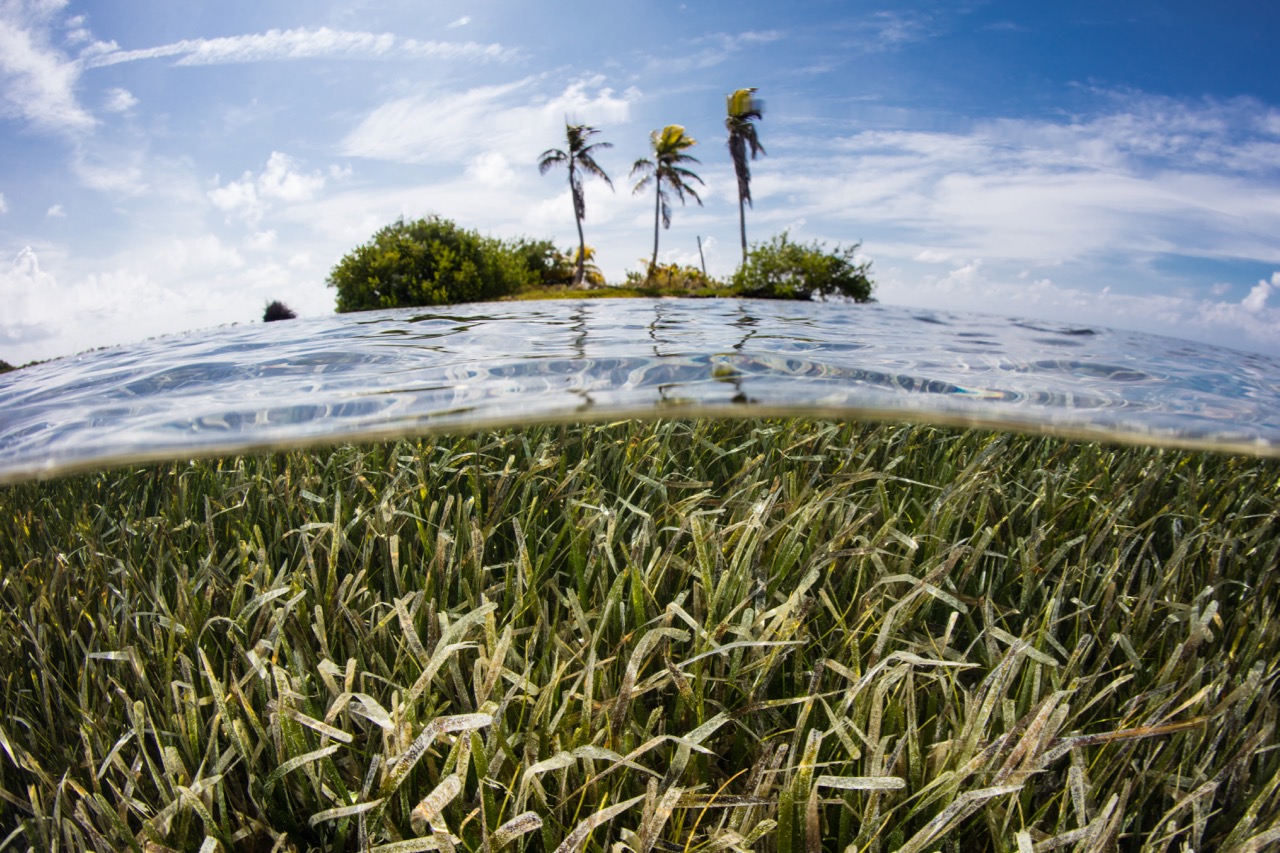
Project Seagrass
Proclaiming that ‘seagrasses are the unsung heroes of our coastal seas,’ Project Seagrass saw the importance that seagrass has on our ecosystem and launched the ‘Seagrass Ocean Rescue’ project. The project aims at seagrass restoration in a small experimental two hectare area in collaboration with local people in Dale, West Wales. The “aim is to inspire future major projects in other areas to restore the UK’s seagrass meadows to help support our climate, our fisheries and our coastal livelihoods”.
From their initial research, the minds behind the project found that ‘large-scale planting increases plant survival,’ so the team had to think big! In the initial experiment, 750,000 seeds were planted and, by next winter, one million will be planted using 20,000 bags and 20 km of rope!
Everybody was involved in this. Gathering the seeds depended on dive groups all over the country. From Dale to North Wales, to as far as the Isles of Scilly, divers picked and sent seeds to the team. Then, with the help of aquariums and schools, local children helped fill the empty Hessian bags with sand.
And finally, after nearly a year of planning, they deployed these bags into the sea. Project Seagrass volunteers scooped seagrass seeds into Hessian bags full of sand and sea water. These bags were pre-attached to biodegradable rope. Then, after being loaded onto the boat, these ropes, bags and seeds were flung into the ocean. The bags sunk and hopefully these seeds will develop into mature seagrass shoots.
Part of the PADI Travel team spent one day volunteering with the team at Project Seagrass. As a local charity involved in saving the ocean and protecting our coasts, we were buzzing to be there with them!
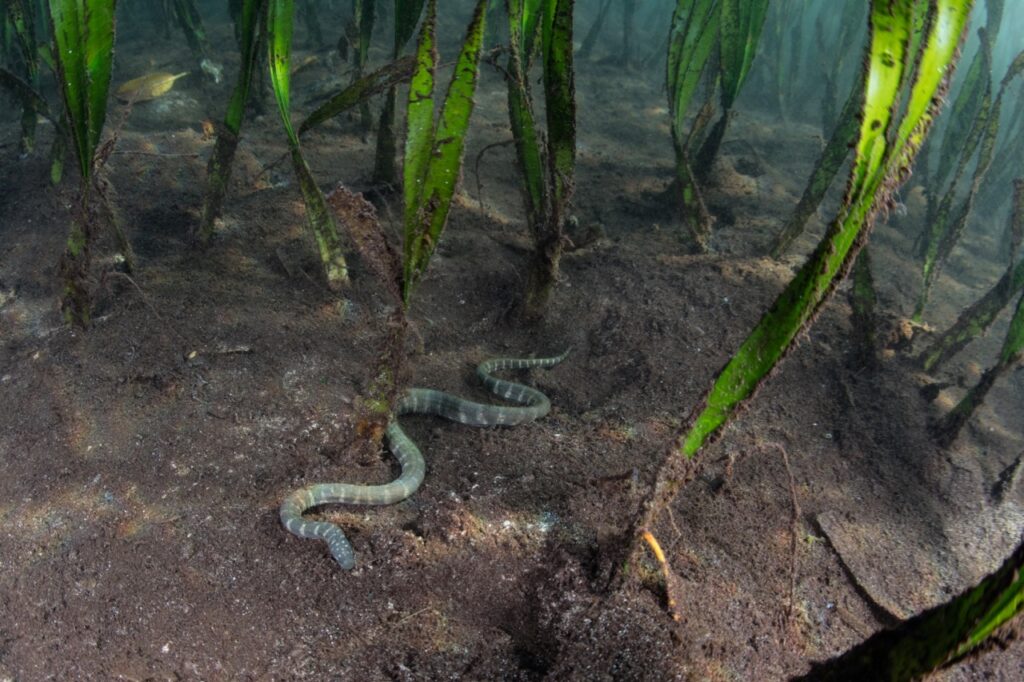
Ready to Get Involved with Seagrass Restoration Projects Near You?
Around the world, there are tons of seagrass restoration projects going on! And, you can get involved by donating, volunteering your time or spreading the world. Keep reading to find one near you.
Dugong and Seagrass Conservation
Covering projects across eight countries, their mission statement is ‘happy dugongs, healthy seagrass, thriving communities!’
MUI by Six Senses Laamu in the Maldives
In 2019, MUI launched the #ProtectMaldivesSeagrass campaign. The aim of the campaign is to challenge the perspectives around seagrass in the Maldives, getting locals and tourists alike to explore and protect their local Maldivian seagrass meadows. You can get involved in this project at the Six Senses Laamu in the Maldives.
Blue Marine Foundation in the Mediterranean
The project’s long term plan is to strengthen artisanal fishers by engaging local communities and supporting better marine management, coordinating knowledge sharing, and spreading stories of success. On their site, the project boasts that they’ve protected ‘$190 million worth of seagrass!’
Mangroves in Egypt
Egypt has recently announced their plan to expand their mangrove forests and is launching the largest mangrove planting project along the Red Sea. Not only are mangroves critical for blue carbon, but they’re also important for ‘bees, which, as pollinators, play an important role in the ecosystem by supporting the growth of trees, flowers and other plants.’
SeaChange Marine Society in Canada
SeaChange are currently restoring eelgrass meadows and removing marine debris from their native habitats around Victoria to increase habitats for the species which depend on it.
The Ocean Foundation
You will soon be able to mitigate your carbon emissions when you book a trip on PADI Travel thanks to their new partnership with The Ocean Foundation. Mitigating your carbon with The Ocean Foundation will help fund the Jobos Bay National Estuarine Research Reserve in Puerto Rico. The current reserve has 1,140 hectares of seagrass meadow and restoration will help provide blue carbon, infrastructure, and hurricane resilience benefits!
In addition, The Ocean Foundation is home to SeaGrass Grow, the first and only blue carbon calculator. You can calculate your carbon using their calculator: https://oceanfdn.org/calculator/
How excited are you to save the seagrass? Don’t forget to use the hashtags #SeagrassOceanRescue #ProtectMaldivesSeagrass and #SeagrassIsSwell to shine a light on the “ugly duckling” of ocean conservation.
